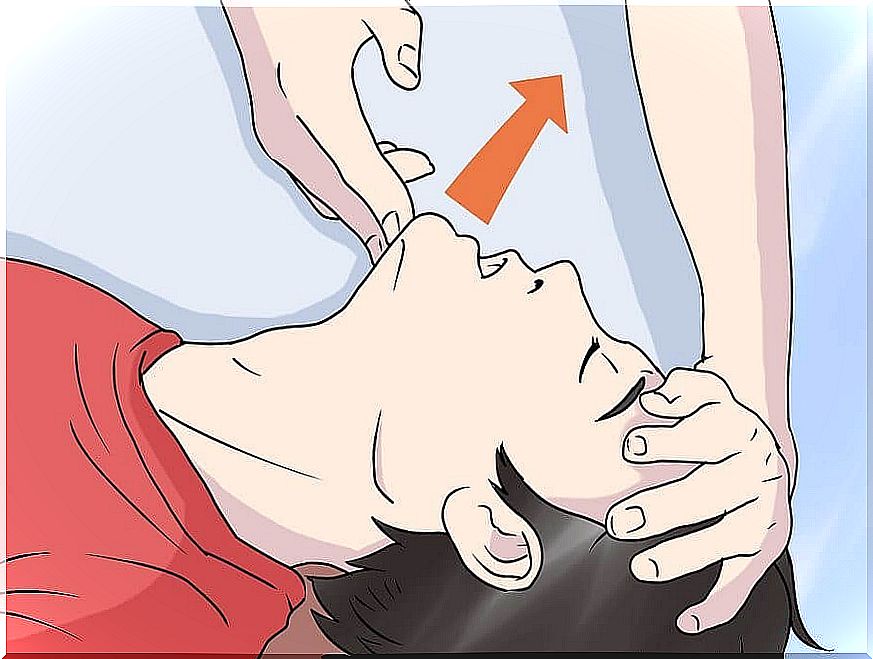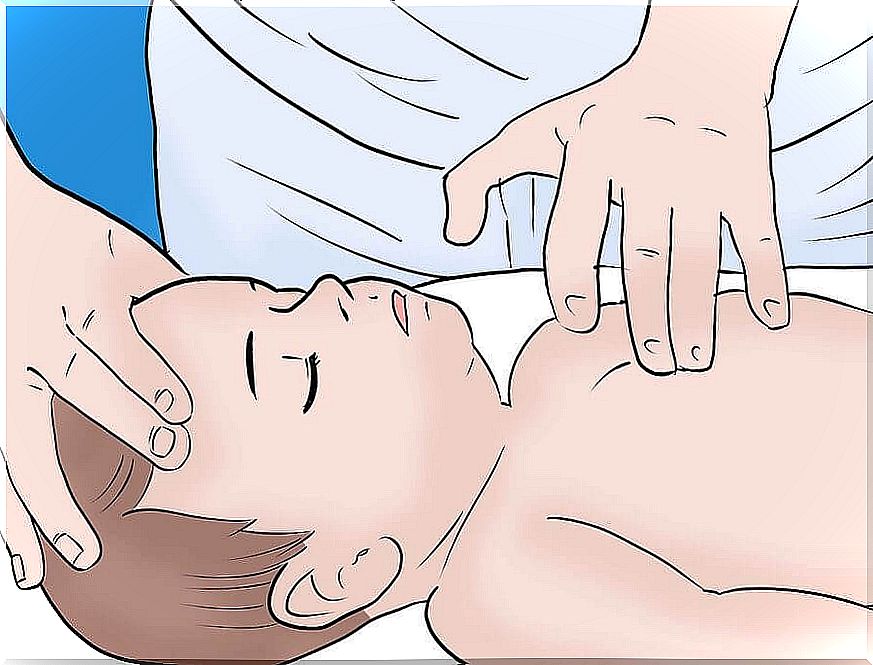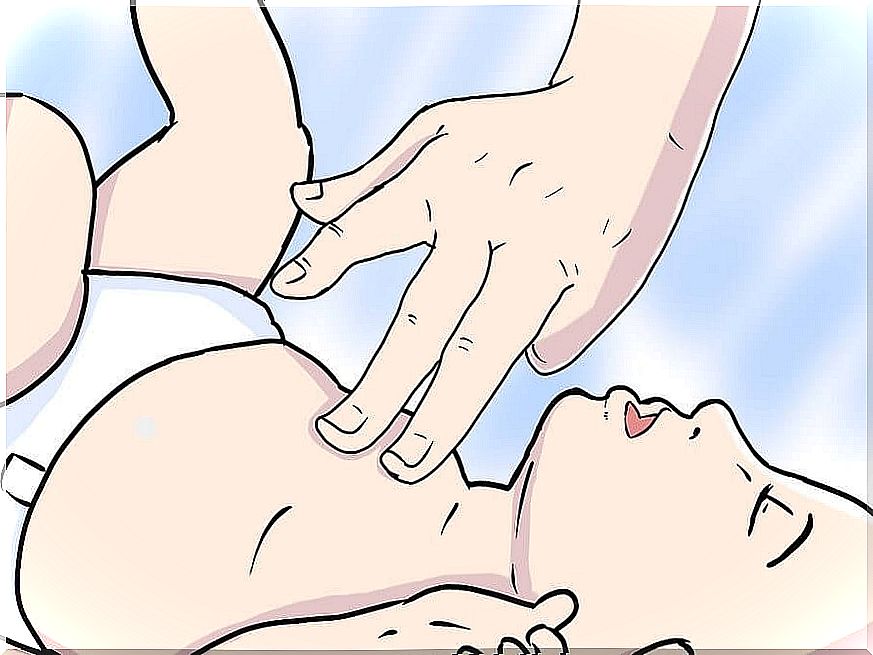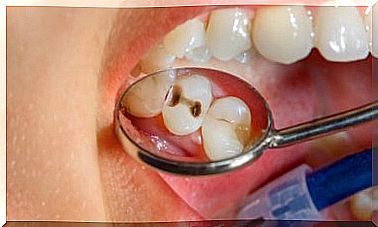Cardiopulmonary Resuscitation
Cardiopulmonary resuscitation (CPR) is an emergency technique performed when a person is in cardiorespiratory arrest, that is, they have stopped breathing or their heart has stopped beating.
The objective of this technique is to maintain blood flow by irrigating the different organs. In this way, oxygenation of the tissues is maintained for a time.
How is CPR practiced?
Cardiopulmonary resuscitation combines maneuvers to maintain oxygenation (mouth-to-mouth respiration) with others aimed at preserving blood circulation (cardiac compressions). This is a basic measure when giving first aid to a person, before medical help arrives.
There are different CPR techniques depending on the age or size of the person to be resuscitated. Thus, CPRs are found for adults and children over 8 years of age, for children from 1 to 8 years old and for babies.
As an initial consideration, when CPR is required, it is best to call emergency services first, followed by first aid.
CPR for Adults and Children Over 8 Years Old

In the first place, it is necessary to evaluate if the person is conscious by moving them slightly, asking if they are well and observing whether or not there is a response.
Once cardiac arrest has been detected, the person is placed on his back, paying special attention to the existence of spinal injuries, in which case moving the head and neck should be avoided. Next, cardiac compressions are performed:
- Place one hand on the breastbone.
- Place the other hand on the first.
- Perform 30 quick, strong compressions.
After this, it is checked if the person breathes, moving his chin up with the fingers and pressing his forehead down with the other hand. Observe and listen to whether or not there is breathing. In case the person is not breathing, word of mouth is carried out:
- Completely cover the affected person’s mouth with yours.
- Cover her nose completely with your fingers.
- Keep the person’s head tilted with the chin up.
- Breathe twice for about a second.
- Check that the person’s chest is lifted and that the airway is not blocked.
Repeat the 30 compressions and the two interspersed breaths until the person responds or medical help arrives.
CPR for children 1 to 8 years

In the same way as in the previous type of resuscitation, it should be checked if the child is conscious and lucid, for this, he is shaken slightly and asked if he is okay, observing whether or not there is a response.
If there is no response, the child is placed on his back (assessing whether there is a risk of spinal cord injury) and cardiac compressions are performed:
- Place one hand on the breastbone.
- Tilt the child’s head with the other hand, keeping the forehead back.
- Perform 30 compressions on the child’s chest until it is compressed one-third to one-half its depth.
Next, we proceed to check if the child is breathing and if not, mouth-to-mouth resuscitation is carried out in the same way specified in the previous section. Compressions and insufflations are repeated alternately until the child responds or emergency services arrive.
Infant CPR

Again, before resuscitation, the baby should be checked to see if he is conscious and responds to stimuli by gently moving or shaking him.
If the baby does not respond, compressions are carried out, carefully placing him on his back (evaluating if there is a risk of spinal cord injury):
- Place two fingers on the sternum
- Tilt the baby’s head with the other hand, keeping the forehead back
- Perform 30 compressions on the baby’s chest until it is compressed one-third to one-half its depth
Then check the baby’s breathing and if you cannot hear or feel him breathe, perform mouth-to-mouth resuscitation in the same way as specified in the previous section. Continue alternating compressions and inflations until the child responds or emergency services arrive.
Conclution
Cardiopulmonary resuscitation is a very useful life-saving technique in many emergencies, such as a heart attack or drowning. We should all know what it consists of in order to apply it in case of need.
Although our skills and abilities are not perfect, we must not forget that the difference between doing nothing or trying can save someone’s life.









